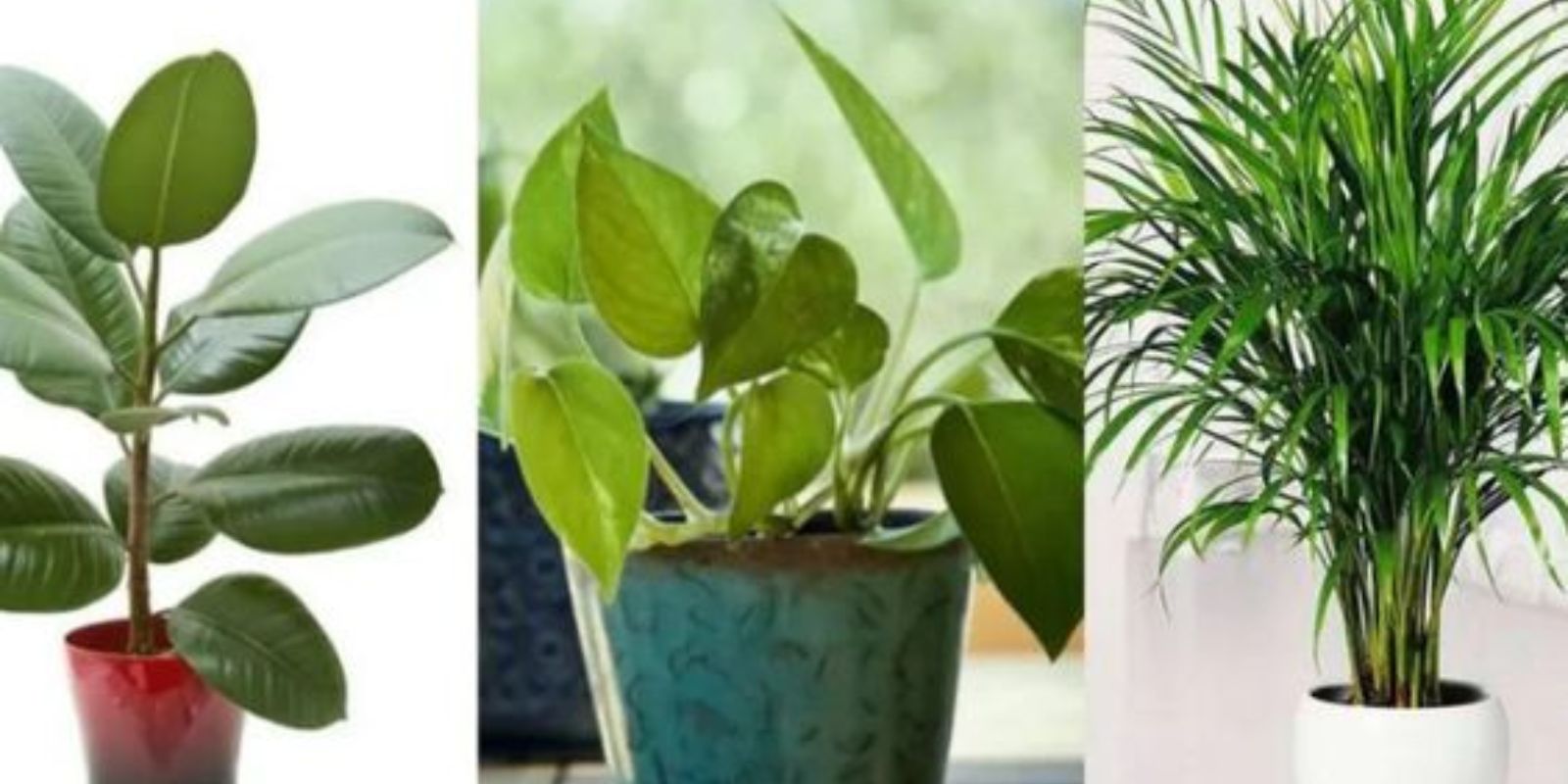Creating a healthy and pleasant indoor environment involves more than just decorating—it’s about cultivating spaces that promote well-being. One effective way to achieve this is by incorporating indoor plants known for their air-purifying properties. These plants not only add greenery and aesthetic appeal but also work tirelessly to filter toxins from the air and eliminate unwanted odors. Discover the top plants that can help oxygenate your home and create a fresher, cleaner atmosphere.
Introduction
In today’s world, where indoor air quality can significantly impact health and comfort, the role of plants as natural air purifiers is increasingly recognized. Studies show that certain plants can absorb pollutants like formaldehyde, benzene, and carbon monoxide while releasing oxygen. This dual action not only improves air quality but also enhances the overall ambiance of your living spaces. Let’s explore how you can integrate these air-purifying champions into your home to reap their benefits year-round.
1. Peace Lily (Spathiphyllum spp.)
Benefits: Peace lilies are renowned for their elegant white flowers and exceptional air-purifying capabilities. They effectively remove common indoor pollutants like ammonia, formaldehyde, and benzene.
Care Tips: Place in low to moderate light conditions and keep soil consistently moist. Avoid overwatering to prevent root rot.
2. Snake Plant (Sansevieria trifasciata)
Benefits: Snake plants thrive in low light and are excellent at filtering out toxins such as formaldehyde, xylene, toluene, and nitrogen oxides.
Care Tips: Allow soil to dry between waterings and place in indirect light. Ideal for bedrooms and living rooms due to its low maintenance requirements.
3. Spider Plant (Chlorophytum comosum)
Benefits: Known for its air-purifying prowess, spider plants absorb carbon monoxide, formaldehyde, and xylene while producing oxygen.
Care Tips: Thrives in bright, indirect light and prefers evenly moist soil. Produces cascading offshoots that can be propagated into new plants.
4. Aloe Vera (Aloe barbadensis miller)
Benefits: Beyond its medicinal properties, aloe vera removes formaldehyde and benzene from indoor air, making it an ideal plant for kitchens and living areas.
Care Tips: Place in bright, indirect light and water deeply but infrequently. Allow soil to dry out between waterings to prevent root rot.
5. Boston Fern (Nephrolepis exaltata)
Benefits: Boston ferns act as natural humidifiers and air purifiers, effectively removing pollutants like formaldehyde and xylene.
Care Tips: Requires high humidity and indirect light. Keep soil consistently moist and mist leaves regularly to maintain humidity levels.
6. Bamboo Palm (Chamaedorea seifrizii)
Benefits: Bamboo palms are effective at filtering formaldehyde, benzene, and trichloroethylene, making them ideal for improving indoor air quality.
Care Tips: Thrives in bright, indirect light and prefers well-draining soil. Keep soil evenly moist and mist leaves occasionally to enhance humidity.
7. Dracaena (Dracaena spp.)
Benefits: Dracaenas come in various types, all of which are excellent at filtering pollutants like formaldehyde, benzene, and trichloroethylene.
Care Tips: Place in moderate to bright indirect light and allow soil to dry out slightly between waterings. Prune to encourage new growth.
8. English Ivy (Hedera helix)
Benefits: English ivy is known for its ability to remove airborne mold and pollutants such as formaldehyde. It thrives in hanging baskets or as a ground cover.
Care Tips: Prefers bright, indirect light but can tolerate low light conditions. Keep soil evenly moist and mist leaves occasionally to prevent spider mites.
9. Gerbera Daisy (Gerbera jamesonii)
Benefits: Beyond its vibrant blooms, gerbera daisies are effective at removing trichloroethylene and benzene from indoor air, promoting a healthier environment.
Care Tips: Place in bright, indirect light and water deeply but infrequently. Deadhead spent flowers to encourage continuous blooming.
Motivation for Interaction
Integrating these air-purifying plants into your home not only enhances aesthetic appeal but also contributes to a healthier indoor environment. Share your experiences and learn from others in our gardening community about cultivating these plants for cleaner air and a more vibrant living space. Let’s foster healthier homes together!
Conclusion
With increasing awareness of indoor air quality and its impact on health, incorporating air-purifying plants is a proactive step towards creating a fresher and more inviting home environment. By carefully selecting and nurturing these plants, you can enjoy cleaner air, reduced odors, and the beauty of thriving greenery year-round. Embrace the benefits of these natural air purifiers and transform your indoor spaces into havens of health and well-being.
Embrace the benefits of these natural air purifiers and transform your indoor spaces into havens of health and well-being. Whether you’re new to indoor gardening or a seasoned enthusiast, cultivating these plants offers both aesthetic and functional benefits, enriching your home environment while promoting better air quality.

